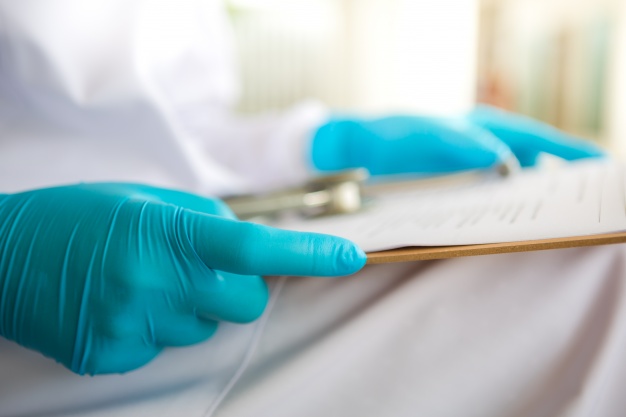
Latex surgical gloves are an important part of everyday life in hospital operations, protecting patients and staff from disease transmission and other diseases. Their production process is actually quite simple, which makes them available and affordable. Latex concentrates, which are made from Hevea Brasiliensis natural latex, are the essential raw material for the production of natural rubber gloves. The tapping is done in the early morning and the latex collected in cups is harvested a few hours later to avoid premature coagulation and treated with ammonia. Thailand, Indonesia and Malaysia are the main producers of this latex.
The Production of Surgical Gloves
Hand-formed ceramic or aluminum moldings are used to ensure there is no contamination from previous batches. They are first washed thoroughly with hot water and chlorine before they can be processed into the coagulant during immersion. You need to ensure that the environment of a latex glove factory when quality gloves are made, and that there is no dirt or dust anywhere, otherwise they may have defects such as holes in the finished product. The holes are tested in the penultimate phase with a glove testing machine.
After cleaning the glove former, the molds are coated with a coagulant (e.g. calcium nitrate) and immersed in a latex compound so that the latex mixture adheres to the mold and its thickness is determined by the duration of the immersion. The newly formed gloves have then been leached in a combination of hot water and chlorine, which removes residual latex proteins and chemicals that help reduce latex allergic reactions.
The gloves were then dried and vulcanization turned the gloves into elasticity by causing the reaction between latex rubber molecules and added chemicals, reducing the chance that gloves would tear. After drying, the gloves are rinsed again to leach out latex proteins. Then the cuffs are beaded or rolled up to make them easier to put on and take off. Pneumatic air nozzles pull the finished gloves off the formers after they have been dipped in a corn starch and finally dried. The gloves are rotated in hot air to remove residual powder.
Test Phase
Two types of test gloves must be passed. First, before gloves can be placed on the market, they must meet the legal requirements in order to be certified as medical grade. Each batch of gloves is then tested to ensure that quality is maintained when these requirements are met. For batch testing, gloves are first filled with air and then tested with the ASTM hole leak test. In addition, there is a glove leak test machine. Even if all gloves have pinholes, the test makes sure that the pinholes aren’t big enough for fluid to get on the skin. The workers fill the gloves with one litre of water and watch leaks for two minutes.
Packaging Process
The final stage in the manufacture of latex surgical gloves is packaging. This must be done with the surgical glove packaging machine. The workers pack the latex gloves layer by layer to make it easier to distribute the gloves and to prevent difficult latex gloves from being given off from each glove later. This type of packaging process can reduce waste and make it easier to remove latex gloves from the box. For example, we can easily remove the tissue from the box and apply the idea to the box dispensers of the latex gloves. Therefore, all glove manufacturers use this layering technique.
